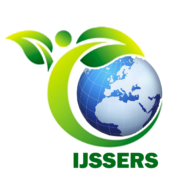Measuring Mathematical Competence of Grade 3 Students in New General Curriculum: A Case of Vietnam
The general education curriculum promulgated by the Vietnamese Ministry of Education and Training in 2018 has identified 10 common competencies that need to be formed and developed for students in the coming period, including computing capacity. The Math general education curriculum issued in 2018 helps students form and develop mathematical competence (the most concentrated expression of computing capacity) including the following core elements: mathematical thinking and reasoning; mathematical modeling; mathematical problem solving; mathematical communication; use mathematical learning tools and media.
The aim of this study was to design an assessment framework for mathematical competence.
From the Grade 3 Math curriculum, the research team has proposed a math competency standard with 90 items. From these 90 items, design 6 illustrative test questions. Each test consists of 30 questions, between which there are 15 fixed questions designed to measure students’ mathematical competence.
A sample of 383 students in grade 3 were recruited for the study with the participation of 3 researchers and 5 elementary school teachers. A mathematical competence framework and six tests with anchor items were designed to measure students’ mathematical competence.
The results of analysis using an approach to item response theory showed that the items had good fits with the model and they could be used to describe mathematical competence learning progression with different levels of proficiency. The tests were reliable and valid, and the anchor items were good for connecting students’ mathematical competence.

